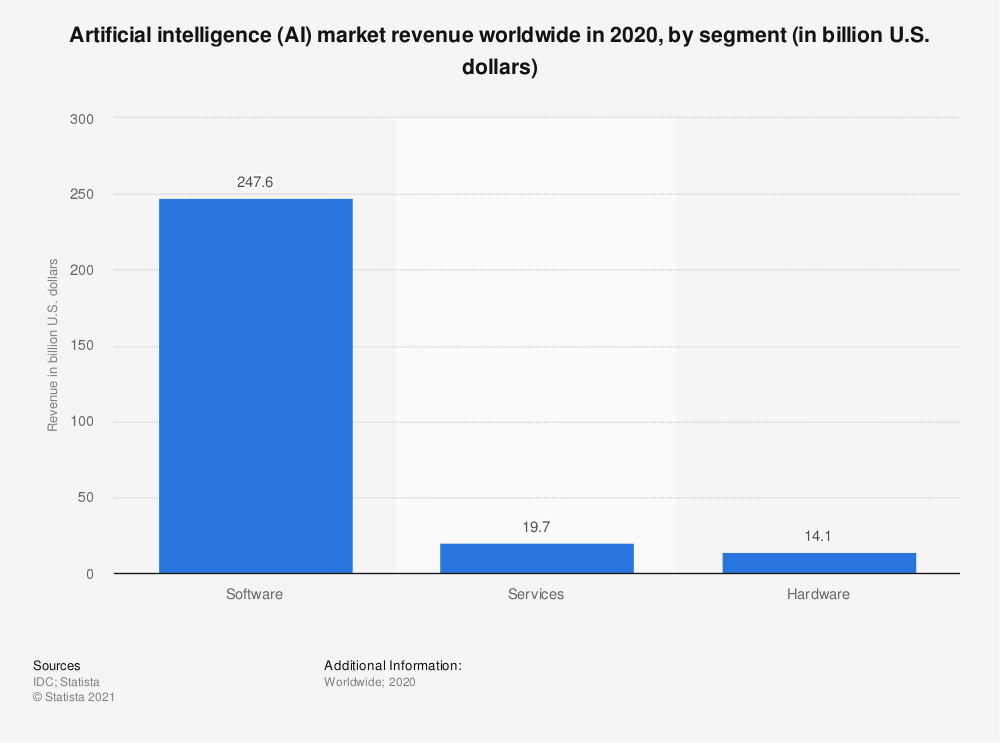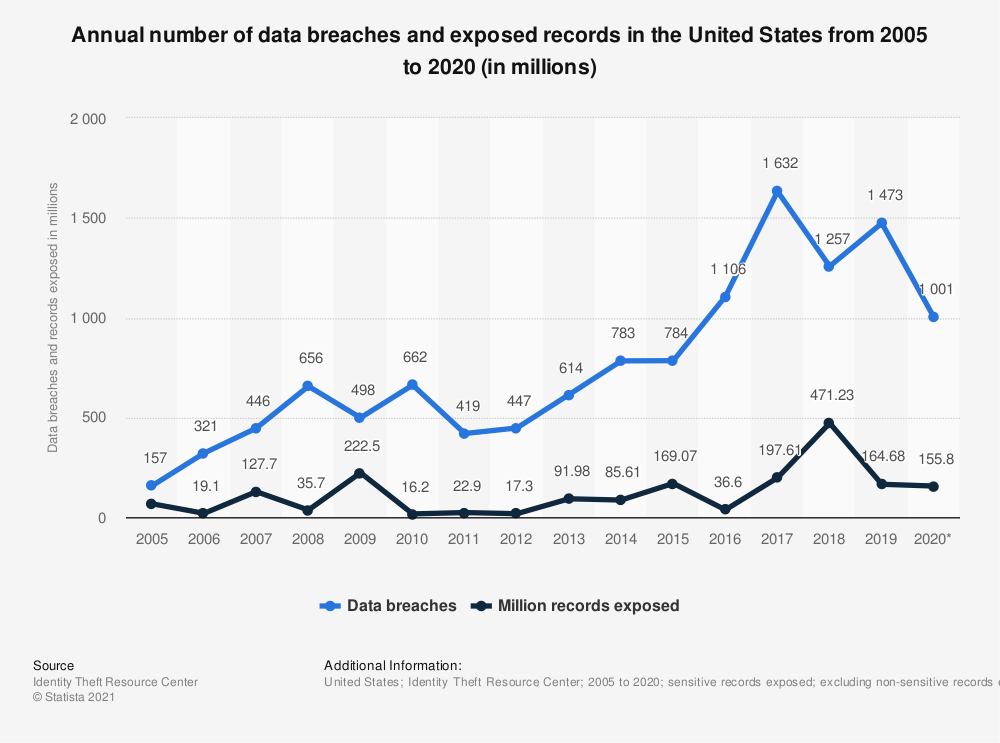
Adversaries are using AI to create more effective and personalized attacks
Isn’t it fascinating to watch sci-fi movies where robots are dominating the world? Today this world is highly dependent on complex technology. With the increase in that complexity, it is becoming more difficult to identify and keep track of unknown vulnerabilities and threats. From IoT devices to cloud computing, Artificial intelligence (AI) has caught everyone’s attention and is taking over globally by boundlessly providing services in every sector. AI market revenues increased by $247.6 billion USD globally in 2020.

Machine Learning (ML) has been mushrooming to advance technology far beyond our thinking capacity.As the name suggests, AI has the potential to improve over the years by utilizing Machine Learning and Deep Learning. Machine learning is a self-learning technology used for data analysis and pattern identification with very minimum human interaction. Many IT organizations are now deploying well-powered AI within their businesses to gain an edge on the surging cyberattacks and malware threats. This in-house data plus third-party AI is producing an exponentially increased amount of data collected every day.These large data pools are prime and highly desired targets for cybercriminals, evidenced by more frequent data breaches. It is becoming difficult for cyber analysts to adequately monitor threat sophistication in firewalls and anti-malware products.
For example, AI is being used in cyberdefense to:
- Alleviate vulnerabilities and potential threats with incident response.
- Prevent trending cyberattacks.
- Promote cyber resilience and improve business efficiency.
- Understand the effectiveness of security tools and software, strengthening control.
A study from Capgemini states that with AI installation, the dwell-time threat actors that remain undetected in an organization’s network can drop by 11%. Recently, DarkTrace stated it had stopped nearly 4,000 threats at Ted Baker brand Fashion Week by using its self-learning AI.Threat actors are exploiting vulnerable points by deploying automated, sophisticated, and stealthier attacks by using AI. 84% of organizations anticipate that most adversaries will use AI/ML-driven cyberattacks. MIT Technology Review found that 96% of security leaders globally have geared for AI-powered cyber-attacks, with many of their countermeasures being covered by AI.
Nowadays, threat actors are investing a massive amount in automation to launch attacks. Earlier the threat-actors would manually send phishing e-mails to their victims randomly. But now with AI, it works differently, as these e-mails are customized according to the targeted victim. Malware packs, ransomware services, and ready-to-use AI-powered attack kits are readily available on the dark web with customer support. Imagine a malware powered by AI spread through a succession of independent decision-making processes and intelligently adapting to the victim system’s characteristics. Isn’t this intimidating? Statista reports there were about 156 million individuals in the US with sensitive records exposed in 2020.

Looking at the current threat landscape, organizations must prepare themselves with technology that can intelligently assess the potential threats and implement an effective strategy to prevent cyber-attacks.

